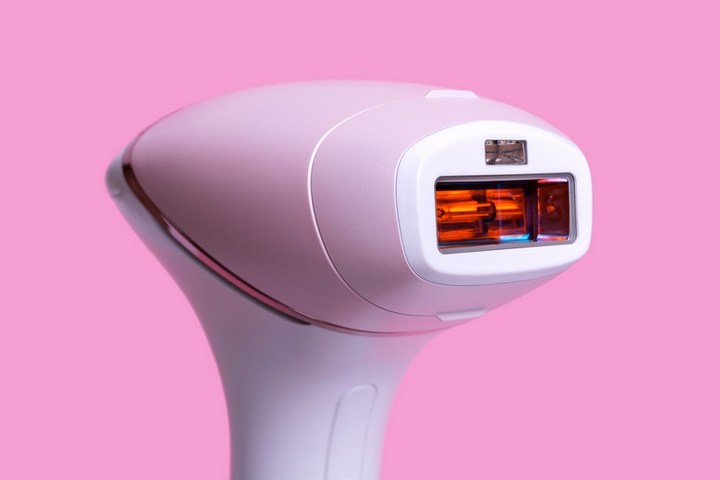5 Types of Laser Hair Removal Treatments and How They Work
Laser hair removal is used more frequently nowadays to help remove hair long term. As the technology has improved, this service has become more moderately priced for the average citizen, and several different methods have been developed.
The type of laser treatment you end up getting will be based on your own specific profile – mostly, what tone is your skin and what is your hair like. These characteristics are important for choosing the laser that will be the most effective on your hair.
There is a level of skill involved in performing laser hair removal treatments. The laser technician’s experience may also dictate how many sessions you have to go for, how much discomfort you feel, and how long each session takes.
Below are the five different types of laser hair removal treatments and a description of how they work:
Type #1: Alexandrite Laser Hair Removal

One of the popular types of laser hair removal is the Alexandrite method. This laser type is ideal for people with light skin tones, and is said to hurt slightly less than some of the other types of lasers. However, part of the reason it doesn’t hurt as bad is that the wavelength of the laser is shorter, which means it doesn’t penetrate as deeply.
The Alexandrite treatment may take more sessions to achieve permanent hair removal, because the wavelengths are shorter. Even if the hair removal is not permanent, it is much longer lasting than any other hair removal method such as waxing, shaving, or threading.
Type #2: Diode Laser Hair Removal

These lasers are often compared against Alexandrite. They have a longer wavelength for deeper penetration of the skin. Diode laser treatments are highly effective for individuals with courser hair and medium dark skin tones. This type of laser hair removal is a very versatile method. With increased advancements in technology, it can be an almost painless procedure.
Compared to other types of laser hair removal treatments, the Diode laser treatment often require less sessions for completion. Of course, the number of sessions will ultimately vary based on each individual’s configuration.
Type #3: Ruby Laser Hair Removal

This type of laser hair removal was one of the first that was ever developed. As a result, it is becoming obsolete because it tends to be much slower than other methods. It is almost not as effective on darker and courser hair, but is better for lighter, finer hair and light skin. The nice part about Ruby lasers, however, is that it has been around long enough for there to be a ton of research and knowledge about its effectiveness and side effects.
After the treatment, you may experience some side effects. However, these side effects are not permanent, and are almost never serious. Using a cold compress and moisturizing will alleviate the discomfort and will make the effects go away faster.
Side effects of laser hair removal can include swelling, soreness similar to the feeling of a sunburn, and redness on the treatment area. Not everyone will experience these side effects, and some people will react differently to different lasers. Because darker skin absorbs light more easily, individuals with darker skin are more prone to experiencing burning as a side effect, however using the right laser is key to avoiding this.
Type #4: Nd and LP Nd: YAG

This is a heavy-duty laser. It works best on thicker and courser hair. It is also the best Type for individuals who have darker skin. In fact, it is less effective for individuals with lighter skin and finer hair, so those people should opt for a different laser treatment. Of any type of laser treatment, Nd and LP Nd: YAG treatments have the longest wavelength, which means they tend to be a bit more uncomfortable than other types.
The different types of lasers also dictate the likeliness that the treatment will be permanent. For instance, the Nd and LP Nd: YAG lasers have the longest wavelength, which means they penetrate the deepest. These lasers are more likely to reach the absolute bottom of the root of the hair, and kill it permanently after several sessions.
Type #5: IPL (Intense Pulsed Light)

Although it is often classified under a laser hair removal treatment, IPL is not actually a laser, it is just a light, and as the name indicates, intense pulsed light is used to damage the hair follicles in a similar way that lasers are used in other types of treatment. IPL is highly customizable to the individual. The wavelength and power levels can be adjusted to meet the needs of the individual based on their skin tone and hair qualities.
The IPL treatment will take place over the course of several sessions. Each person is different regarding the number of sessions they require. This may also have something to do with your skin tone and the thickness of your hair. The laser you choose may require fewer or more sessions. If the hair is still coming back in some areas, you may need to go back for more treatments no matter what laser you choose.

